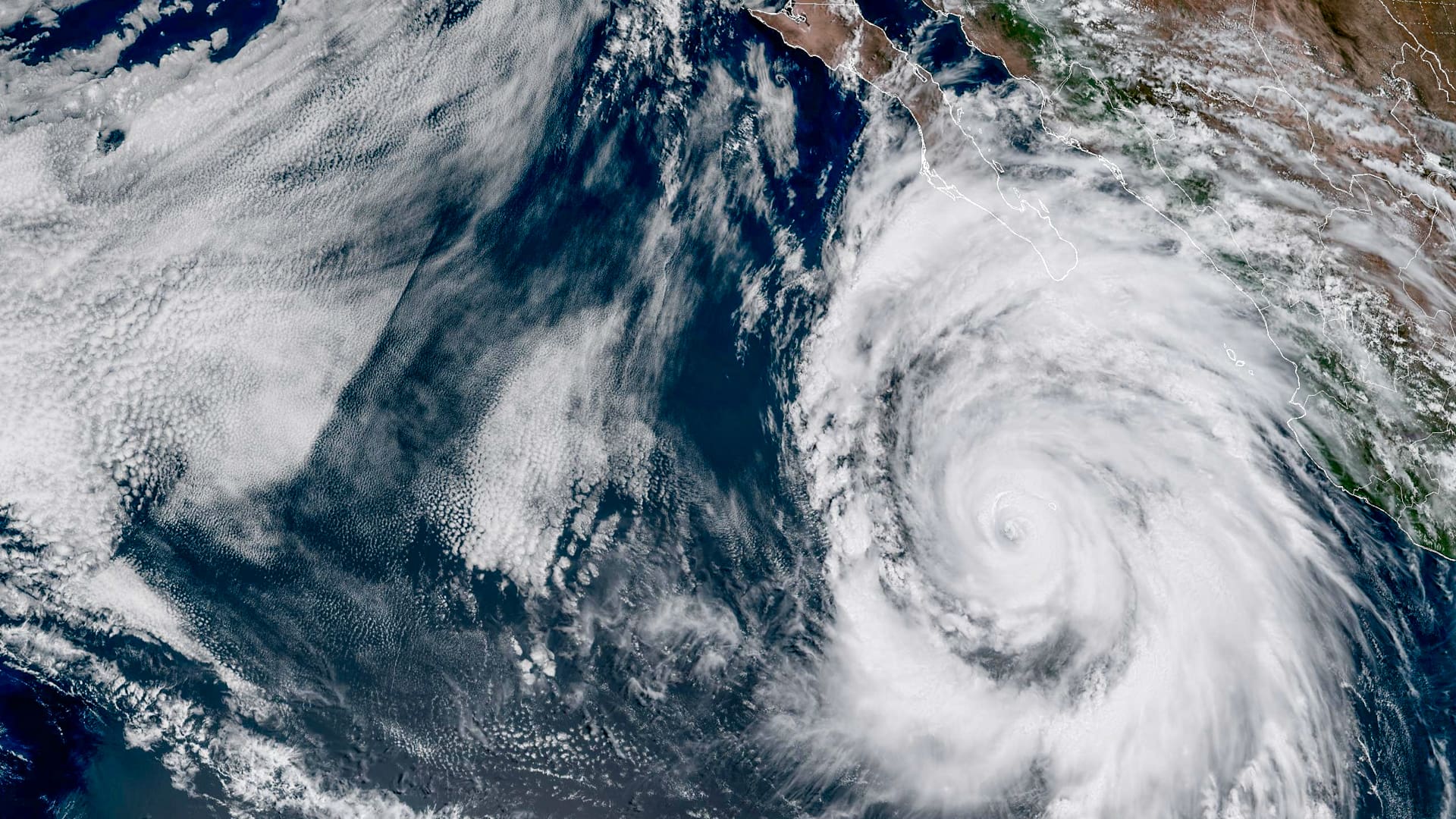MEXICO CITY — Hurricane Hilary grew rapidly into Category 4 strength off Mexico’s Pacific coast on Friday and could reach Southern California as the first tropical storm there in 84 years, which forecasters warned could cause extreme flooding, mudslides and even tornados (230 kph) early Friday, and was expected to strengthen a bit more before starting to weaken.
Nevertheless, it was forecast to still be a hurricane when approaching Mexico’s Baja California peninsula on Saturday night, and a tropical storm when approaching Southern California on Sunday.
Join our Mailing List
The National Hurricane Center on Friday issued its first ever tropical storm watch for much of Southern California, covering a wide swath of the region from the coast to the interior mountains and deserts.
No tropical storm has made landfall in Southern California since Sept. 25, 1939, according to the National Weather Service. The watch warned of numerous potential threats to life and property including extreme flooding, mudslides and tornados.
The Mexican government said a weakened Hilary might skim a sparsely populated area on the western edge of the Baja peninsula early Sunday, and then perhaps hit between the cities of Playas de Rosarito and Ensenada.
The Mexican government extended its hurricane watches and warnings northward for parts of Baja California peninsula, and also issued a tropical storm watch for parts of mainland Mexico. Some 18,000 soldiers were put on alert.
Early Friday, Hilary was centered about 360 miles (575 kilometers) south-southwest of Los Cabos on the southern tip of the Baja peninsula. It was moving northwest at 10 mph (17 kph), and was expected to turn further toward the north.
It was increasingly likely that Hilary would reach southernmost California early Monday while still at tropical storm strength, though widespread rain was expected to begin as early as Saturday, the National Weather Service’s San Diego office said.
Hurricane officials said the storm could bring heavy rainfall to the Southwestern United States that could dump 3 to 6 inches in parts with isolated amounts of up to 10 inches to portions of southern California and southern Nevada, hitting large desert areas unaccustomed to much rain.
Brian McNoldy, a hurricane expert at the University of Miami’s Rosenstiel school, said “tremendous flash flooding” is likely.
The region could face once-in-a-century rains and there’s a good chance Nevada will break its all-time rainfall record, said meteorologist Jeff Masters of Yale Climate Connections and a former government in-flight hurricane meteorologist.
Cities across the region, and on both sides of the border, were setting up stations for residents to get sandbags to safeguard properties against floodwaters, while the National Park Service planned to close vulnerable areas of Joshua Tree National Park, east of Los Angeles, on Friday evening, and suspend all back country camping.
SpaceX delayed the launch of a satellite-carrying rocket from a base on California’s central coast until at least Monday. The company said conditions in the Pacific could make it difficult for a ship to recover the rocket booster.
Storms don’t usually hit Southern California because prevailing winds usually push them northeastward into Mexico and other parts of the U.S. Southwest, Masters said.
Hilary is forecast to delay or not make that eastward turn, mostly because of a high pressure heat dome that is expected to bring triple digit heat indices in the Midwest. That heat dome blocks the eastern turn so tropical moisture will likely move into the Pacific Northwest and even Alberta, Canada, Masters said.
Hilary’s strength and its width are impressive, he added. The storm gained 75 miles per hour in wind speed in just 24 hours, which is twice the official threshold for rapid intensification. That’s because the storm went over warm 86 degree (30 degree Celsius) water which acts as fuel on its heat engine.
But that strength is likely to just as dramatically disappear as it hits cooler 68 degree water near San Diego and strong crosswinds.


